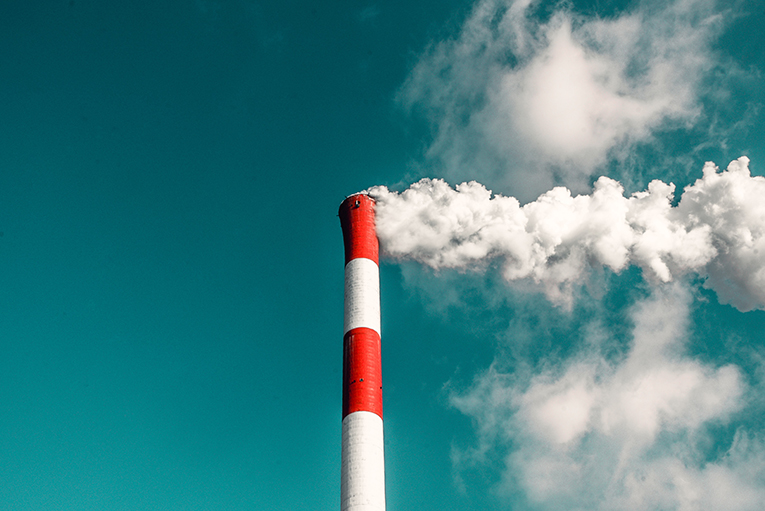Earlier this month, the International Energy Agency (IEA) released an analysis that found that currently, only 2% of governments’ recovery spending is going to clean energy transitions. Therefore, the agency expects global emissions to surge to an all-time high in the short term by 2023.
Read more of our news content, here; Fossil Fuel Infrastructure in the Energy Transition – Enbridge
About IEA’s report
Accordingly, IEA recommended governments increase spending and policy action rapidly to meet the commitments they made in Paris in 2015. For instance, the agency said administrations in advanced economies should include the vital provision of financing to the developing world.
Indeed, the agency noted that the sums of money, both public and private, being mobilized worldwide by recovery plans fall well short of what is needed; particularly, to reach international climate goals. Specifically, these shortfalls are pronounced in emerging and developing economies, many of which face particular financing challenges.
In this sense, Dr. Faith Birol, Executive Director of the International Energy Agency, commented in a media release; “They (advanced economies) must then go even further by leading clean energy investment and deployment to much greater heights; indeed, beyond the recovery period to shift the world onto a pathway to net-zero emissions by 2050; which is narrow but still achievable – if we act now.”
In fact, these findings come from the new Sustainable Recovery Tracker that the IEA launched earlier this month to help policymakers; particularly, to assess how far recovery plans are moving the needle on climate.
Thus, the new online tool contributed to the G20 Ministerial Meeting on Environment, Climate, and Energy in Naples; which indeed took place on 22 and 23 July under the Presidency of Italy.
Moreover, according to the Tracker, all the critical sectors highlighted in the IEA Sustainable Recovery Plan are receiving inadequate attention from policymakers. Therefore, current government plans would only increase total public and private spending on clean energy to around USD 350 billion a year by 2023; in fact, only 35% of what is envisaged in the Plan.
More action is needed – IEA
Accordingly, the Tracker monitors government spending allocated to sustainable recoveries. Then, it estimates how much this spending boosts overall clean energy investment. Hence, the Tracker considers over 800 national sustainable recovery policies in its analysis, publicly available on the IEA website.
In this regard, Fatih Birol added; “Since the Covid-19 crisis erupted, many governments talked about the importance of building back better for a cleaner future; however, many of them are yet to put their money where their mouth is.”
Thus, “despite increased climate ambitions, the amount of economic recovery funds spent on clean energy is just a small sliver of the total,” added Birol.
Hitherto, governments mobilized USD 16 trillion in fiscal support throughout the Covid-19 pandemic; particularly, most of it focused on emergency financial relief for households and firms.
Lastly, Dr. Birol concluded; “Not only is clean energy investment still far from what we need to put the world on a path to reaching net-zero emissions by mid-century; it’s not even enough to prevent global emissions from surging to a new record.”


